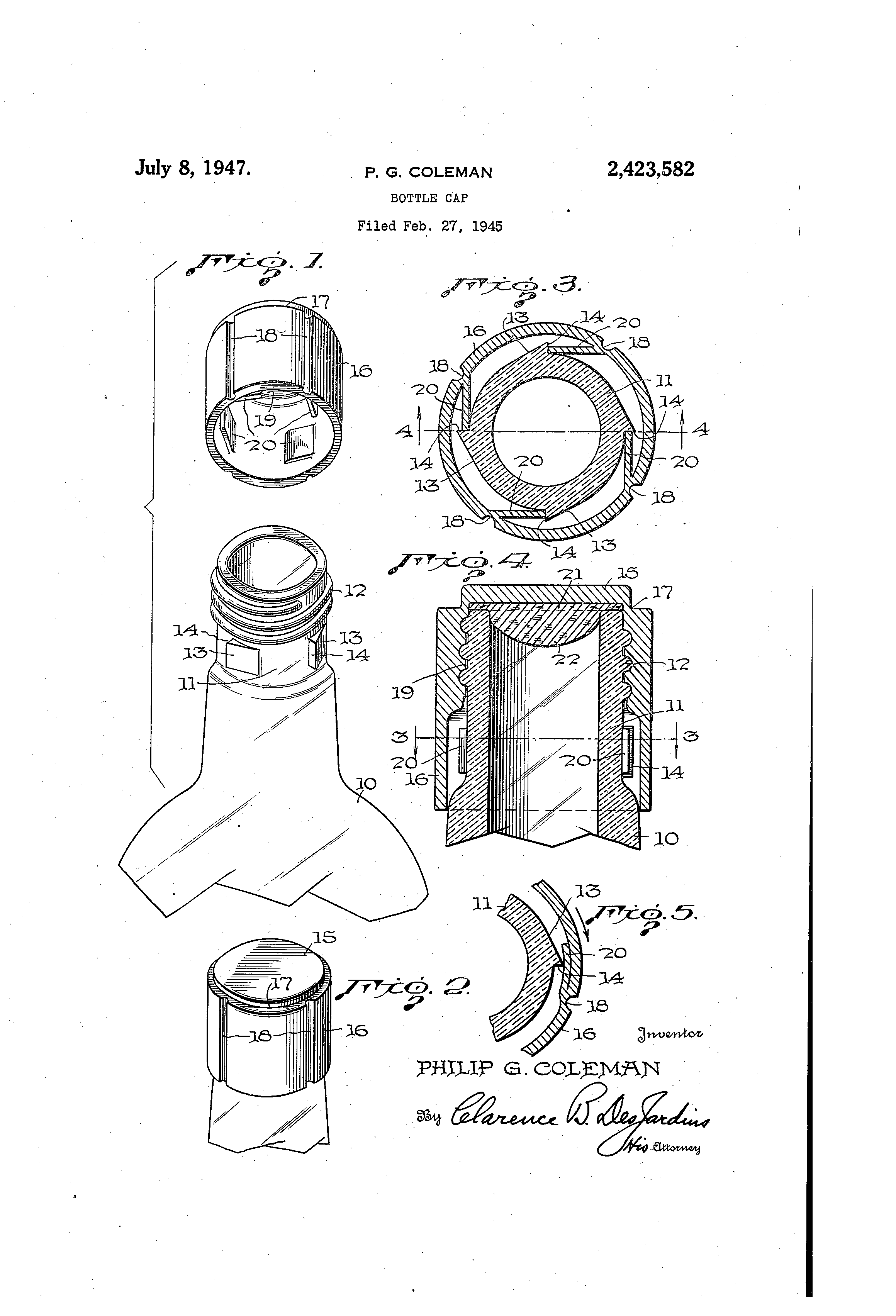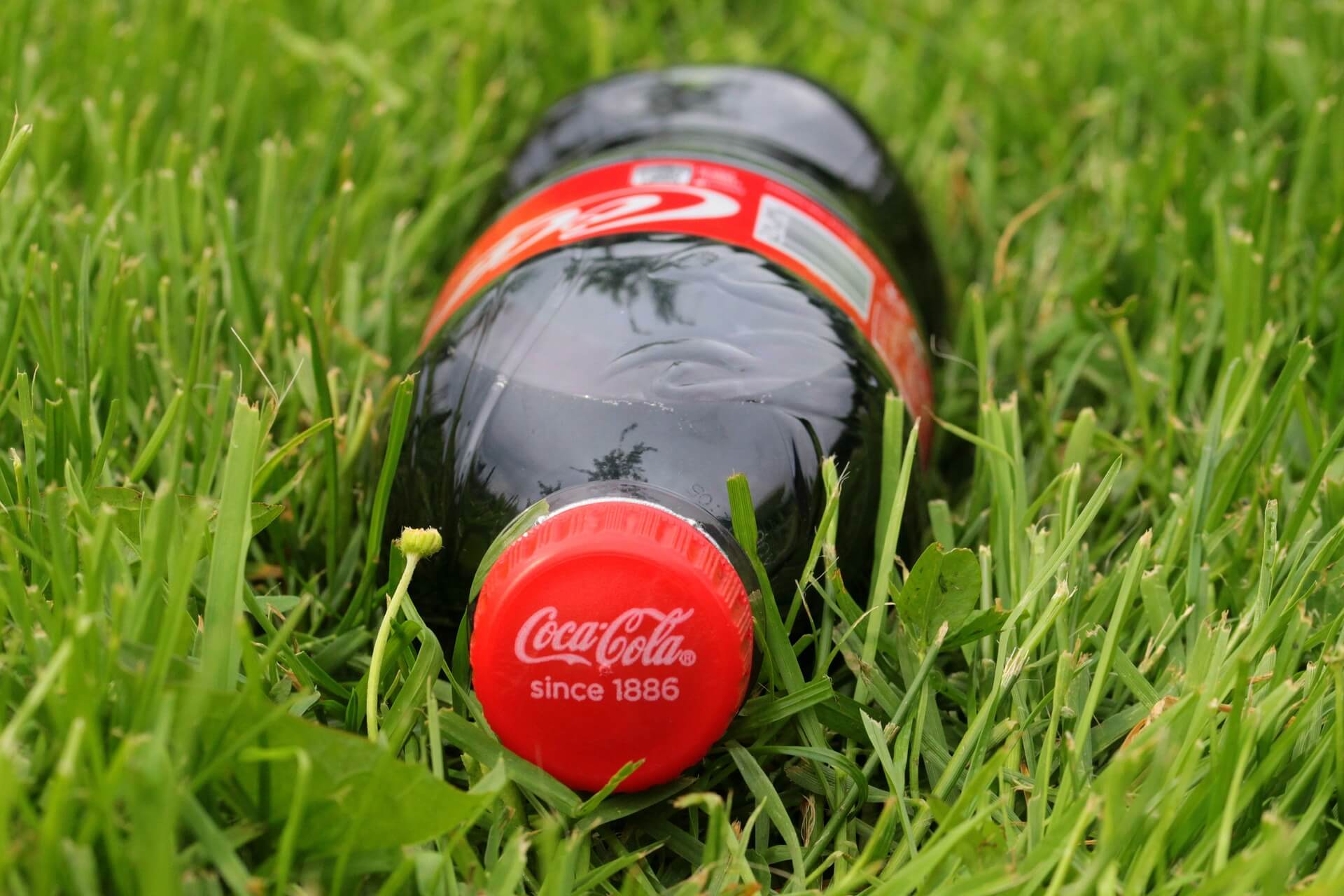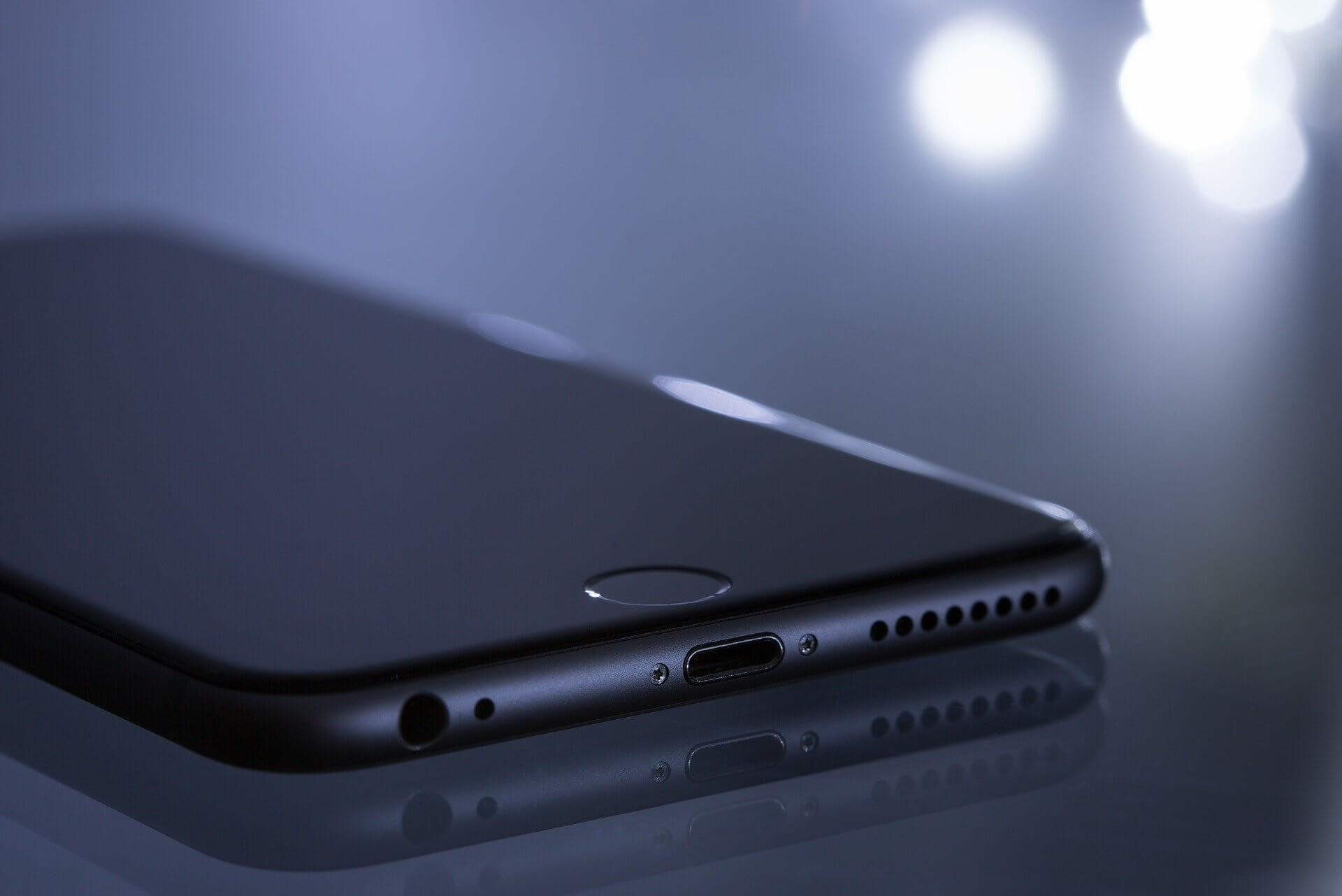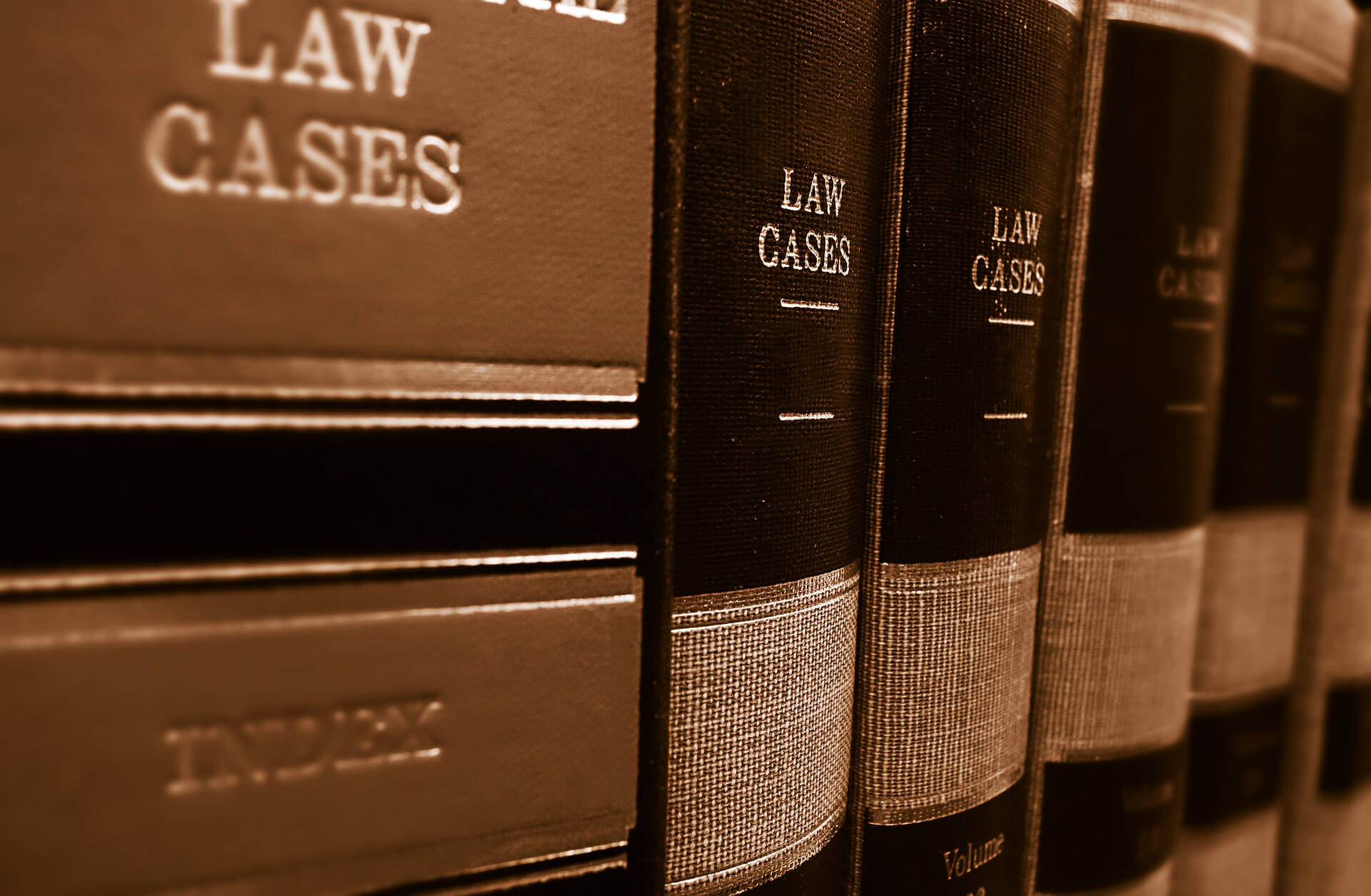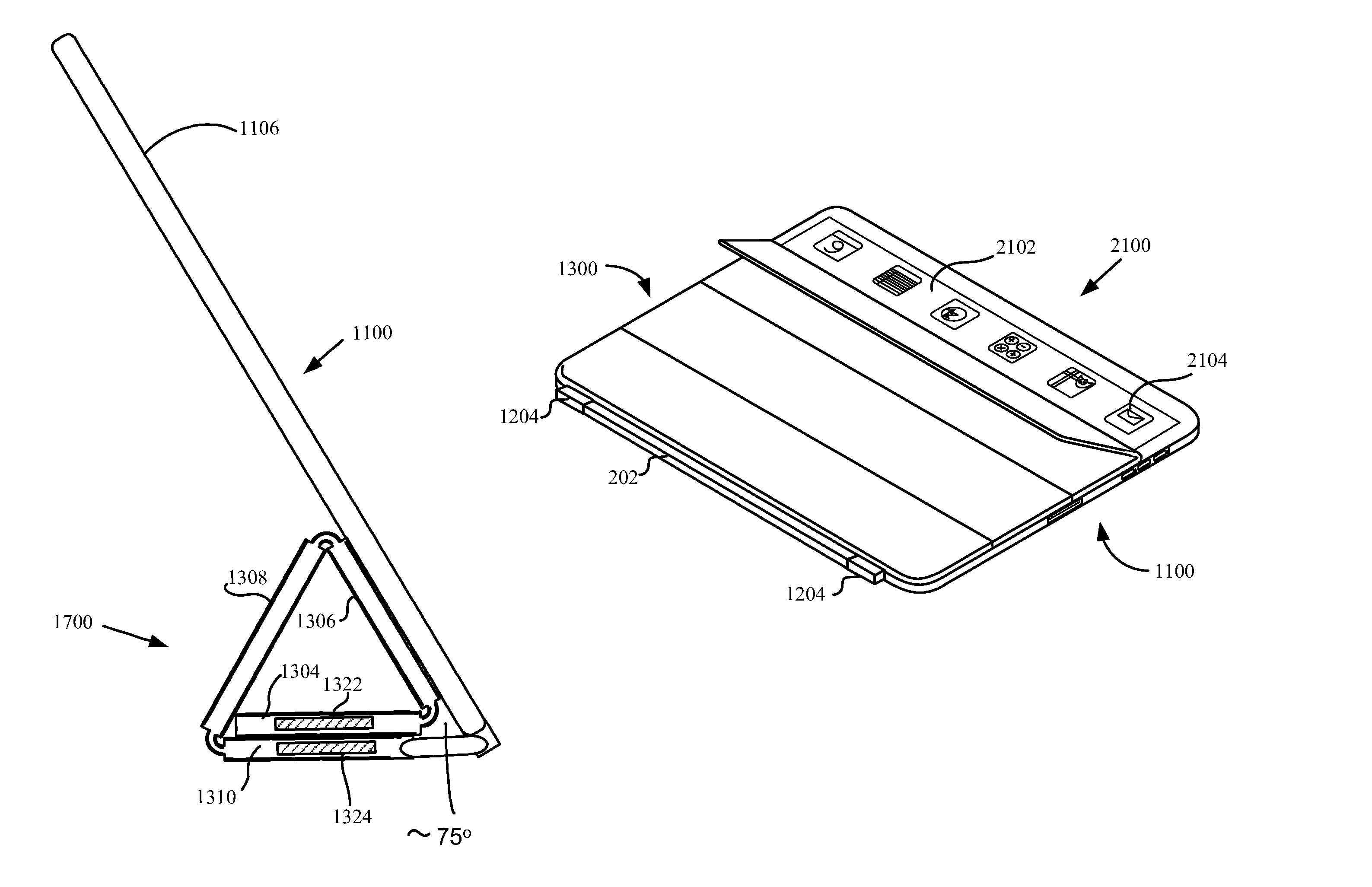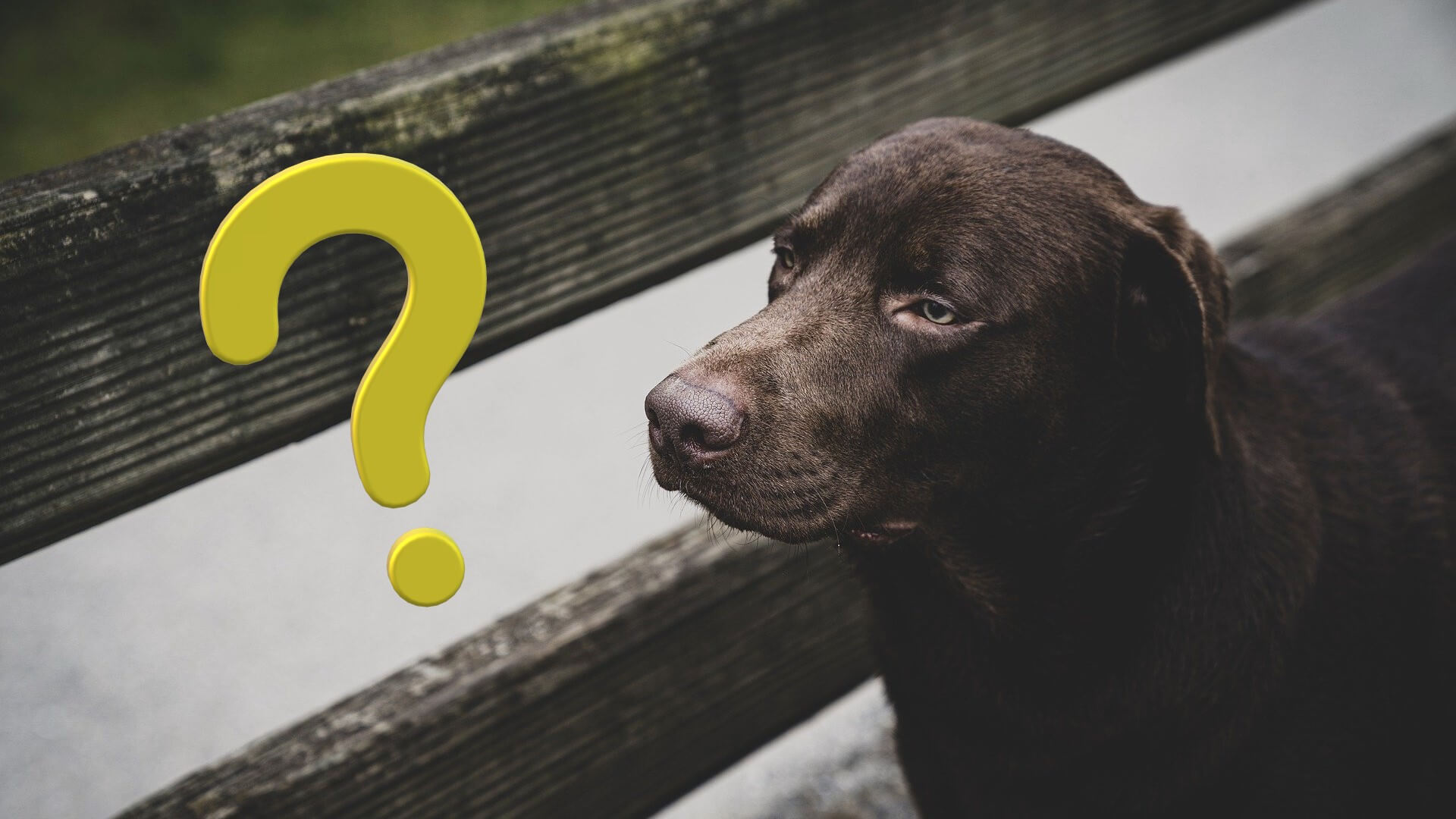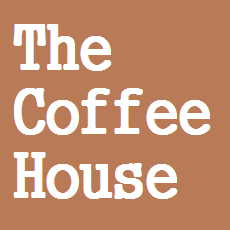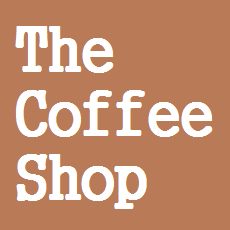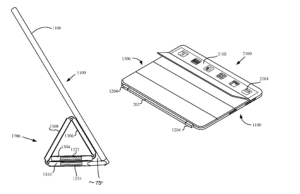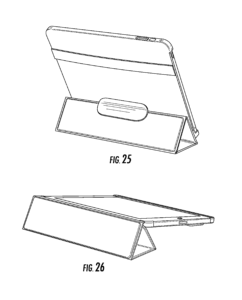Class 1
Chemicals for use in industry, science and photography, as well as in agriculture, horticulture and forestry; unprocessed artificial resins, unprocessed plastics; fire extinguishing and fire prevention compositions; tempering and soldering preparations; substances for tanning animal skins and hides; adhesives for use in industry; putties and other paste fillers; compost, manures, fertilizers; biological preparations for use in industry and science.
Class 2
Paints, varnishes, lacquers; preservatives against rust and against deterioration of wood; colorants, dyes; inks for printing, marking and engraving; raw natural resins; metals in foil and powder form for use in painting, decorating, printing and art.
Class 3
Non-medicated cosmetics and toiletry preparations; non-medicated dentifrices; perfumery, essential oils; bleaching preparations and other substances for laundry use; cleaning, polishing, scouring and abrasive preparations.
Class 4
Industrial oils and greases, wax; lubricants; dust absorbing, wetting and binding compositions; fuels and illuminants; candles and wicks for lighting.
Class 5
Pharmaceuticals, medical and veterinary preparations; sanitary preparations for medical purposes; dietetic food and substances adapted for medical or veterinary use, food for babies; dietary supplements for humans and animals; plasters, materials for dressings; material for stopping teeth, dental wax; disinfectants; preparations for destroying vermin; fungicides, herbicides.
Class 6
Common metals and their alloys, ores; metal materials for building and construction; transportable buildings of metal; non-electric cables and wires of common metal; small items of metal hardware; metal containers for storage or transport; safes.
Class 7
Machines, machine tools, power-operated tools; motors and engines, except for land vehicles; machine coupling and transmission components, except for land vehicles; agricultural implements, other than hand-operated hand tools; incubators for eggs; automatic vending machines.
Class 8
Hand tools and implements, hand-operated; cutlery; side arms, except firearms; razors.
Class 9
Scientific, nautical, surveying, photographic, cinematographic, optical, weighing, measuring, signalling, checking (supervision), life-saving and teaching apparatus and instruments; apparatus and instruments for conducting, switching, transforming, accumulating, regulating or controlling electricity; apparatus for recording, transmission or reproduction of sound or images; magnetic data carriers, recording discs; compact discs, DVDs and other digital recording media; mechanisms for coin-operated apparatus; cash registers, calculating machines, data processing equipment, computers; computer software; fire-extinguishing apparatus.
Class 10
Surgical, medical, dental and veterinary apparatus and instruments; artificial limbs, eyes and teeth; orthopaedic articles; suture materials; therapeutic and assistive devices adapted for the disabled; massage apparatus; apparatus, devices and articles for nursing infants; sexual activity apparatus, devices and articles.
Class 11
Apparatus for lighting, heating, steam generating, cooking, refrigerating, drying, ventilating, water supply and sanitary purposes.
Class 12
Vehicles; apparatus for locomotion by land, air or water.
Class 13
Firearms; ammunition and projectiles; explosives; fireworks.
Class 14
Precious metals and their alloys; jewellery, precious and semi-precious stones; horological and chronometric instruments.
Class 15
Musical instruments.
Class 16
Paper and cardboard; printed matter; bookbinding material; photographs; stationery and office requisites, except furniture; adhesives for stationery or household purposes; drawing materials and materials for artists; paintbrushes; instructional and teaching materials; plastic sheets, films and bags for wrapping and packaging; printers’ type, printing blocks.
Class 17
Unprocessed and semi-processed rubber, gutta-percha, gum, asbestos, mica and substitutes for all these materials; plastics and resins in extruded form for use in manufacture; packing, stopping and insulating materials; flexible pipes, tubes and hoses, not of metal.
Class 18
Leather and imitations of leather; animal skins and hides; luggage and carrying bags; umbrellas and parasols; walking sticks; whips, harness and saddlery; collars, leashes and clothing for animals.
Class 19
Building materials (non-metallic); non-metallic rigid pipes for building; asphalt, pitch and bitumen; non-metallic transportable buildings; monuments, not of metal.
Class 20
Furniture, mirrors, picture frames; containers, not of metal, for storage or transport; unworked or semi-worked bone, horn, whalebone or mother-of-pearl; shells; meerschaum; yellow amber.
Class 21
Household or kitchen utensils and containers; cookware and tableware, except forks, knives and spoons; combs and sponges; brushes, except paintbrushes; brush-making materials; articles for cleaning purposes; unworked or semi-worked glass, except building glass; glassware, porcelain and earthenware.
Class 22
Ropes and string; nets; tents and tarpaulins; awnings of textile or synthetic materials; sails; sacks for the transport and storage of materials in bulk; padding, cushioning and stuffing materials, except of paper, cardboard, rubber or plastics; raw fibrous textile materials and substitutes therefor.
Class 23
Yarns and threads, for textile use.
Class 24
Textiles and substitutes for textiles; household linen; curtains of textile or plastic.
Class 25
Clothing, footwear, headgear.
Class 26
Lace and embroidery, ribbons and braid; buttons, hooks and eyes, pins and needles; artificial flowers; hair decorations; false hair.
Class 27
Carpets, rugs, mats and matting, linoleum and other materials for covering existing floors; wall hangings (non-textile).
Class 28
Games, toys and playthings; video game apparatus; gymnastic and sporting articles; decorations for Christmas trees.
Class 29
Meat, fish, poultry and game; meat extracts; preserved, frozen, dried and cooked fruits and vegetables; jellies, jams, compotes; eggs; milk and milk products; oils and fats for food.
Class 30
Coffee, tea, cocoa and artificial coffee; rice; tapioca and sago; flour and preparations made from cereals; bread, pastries and confectionery; edible ices; sugar, honey, treacle; yeast, baking-powder; salt; mustard; vinegar, sauces (condiments); spices; ice (frozen water).
Class 31
Raw and unprocessed agricultural, aquacultural, horticultural and forestry products; raw and unprocessed grains and seeds; fresh fruits and vegetables, fresh herbs; natural plants and flowers; bulbs, seedlings and seeds for planting; live animals; foodstuffs and beverages for animals; malt.
Class 32
Beers; mineral and aerated waters and other non-alcoholic beverages; fruit beverages and fruit juices; syrups and other preparations for making beverages.
Class 33
Alcoholic beverages (except beers).
Class 34
Tobacco; smokers’ articles; matches.
Class 35
Advertising; business management; business administration; office functions.
Class 36
Insurance; financial affairs; monetary affairs; real estate affairs.
Class 37
Building construction; repair; installation services.
Class 38
Telecommunications.
Class 39
Transport; packaging and storage of goods; travel arrangement.
Class 40
Treatment of materials.
Class 41
Education; providing of training; entertainment; sporting and cultural activities.
Class 42
Scientific and technological services and research and design relating thereto; industrial analysis and research services; design and development of computer hardware and software.
Class 43
Services for providing food and drink; temporary accommodation.
Class 44
Medical services; veterinary services; hygienic and beauty care for human beings or animals; agriculture, horticulture and forestry services.
Class 45
Legal services; security services for the physical protection of tangible property and individuals; personal and social services rendered by others to meet the needs of individuals.


